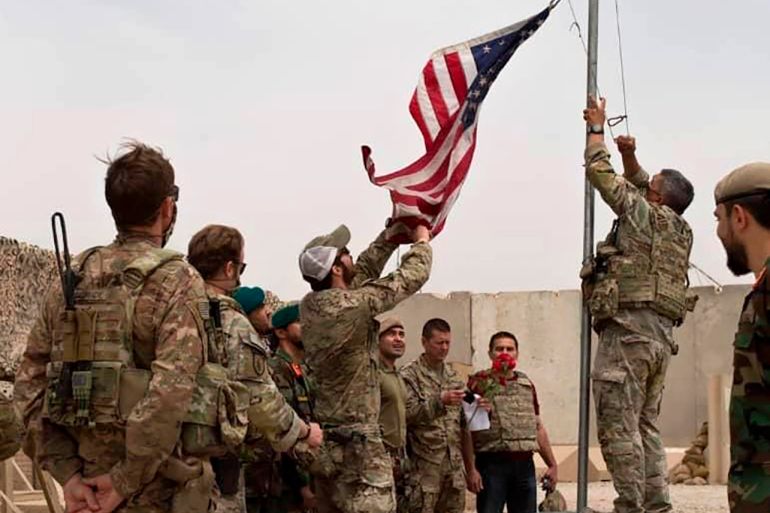UN readies for more displaced Afghans after foreign troops leave
UNHCR chief says contingency plans be prepared for more displaced civilians amid fears of renewed violence.

The United Nations is preparing for the expected displacement of more civilians in Afghanistan after troops belonging to the US and other nations leave the country in September, the global body’s refugee agency chief has told Reuters news agency.
Violence has been rising as foreign forces begin withdrawing and efforts to broker a peace settlement between the Afghan government and Taliban slow.
Keep reading
list of 4 itemsAfghanistan’s Babies
The keeper of Afghanistan’s poetic past
Afghanistan faces vaccine delay as it battles COVID surge
UNHCR chief Filippo Grandi pointed to a deadly attack last week on an international demining organisation in northern Afghanistan, which killed 10 people.
“This is a tragic indicator of the type of violence that may be resurfacing in Afghanistan and, with the withdrawal of the international troops, this is possibly or likely going to become worse,” Grandi said on Monday.
“Therefore we are doing contingency planning inside the country for further displacement, in the neighbouring countries in case people might cross borders,” he said, without offering details of those plans.
There are currently some 2.5 million registered Afghan refugees globally, while another 4.8 million are internally displaced, according to the UNHCR.
Twenty years after invading the country, the US has started withdrawing its remaining 2,500 troops and aims to be completely out of Afghanistan by September 11. Some 7,000 non-US forces from mainly NATO countries – along with Australia, New Zealand and Georgia – are also planning to leave by that date.
US-led forces toppled the Taliban in late 2001 for refusing to hand over al-Qaeda leader Osama bin Laden after the September 11, 2001 attacks on the US.
Grandi said strong international support was needed for peace talks between the Afghan government and the Taliban.
“It’s political action that should substitute conflict but, of course, the risk (of further displacement) is there and we need to be prepared,” he said.
“What’s needed is a high level of economic support for Afghanistan humanitarian assistance to maximise the chance the Afghan authorities have to stabilise the situation,” UN aid chief Mark Lowcock told Reuters on Monday.
“There’s been very good and constructive outreach from the Biden administration, from the White House down, and we have actually had very productive discussions with them on that,” added Lowcock, who steps down from his role this month.
Earlier this month, the US announced more than $266m in humanitarian aid for Afghanistan, bringing to nearly $3.9bn the total amount of such aid it has provided since 2002.
Some 18.4 million people, almost half the country’s population, need humanitarian help, according to the UN, which has appealed for $1.3bn in funding for 2021. So far, it has only received about 23 percent of that.
Lowcock said that until a few years ago there had been a lot of international attention on Afghanistan. That has “dissipated and weakened and that is a sort of problem when it comes to drawing attention to the needs of Afghanistan and getting support for them”.